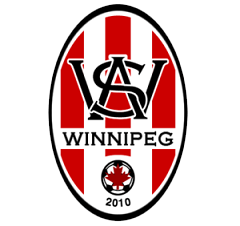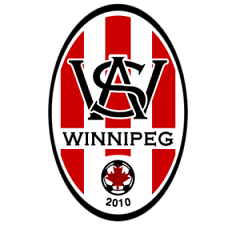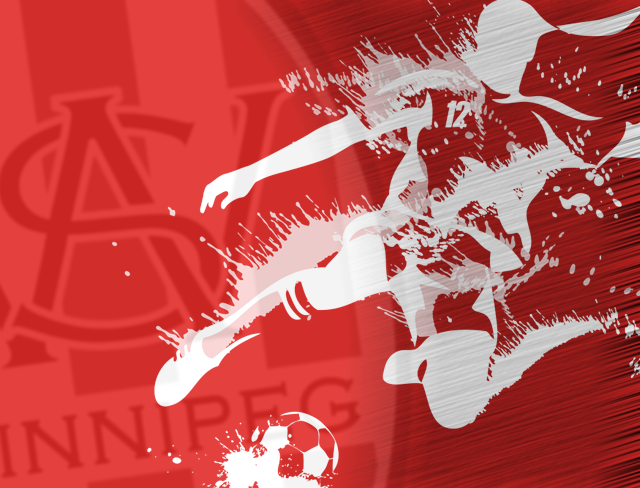This is the second of my two-part analysis of coaching in youth soccer as it relates to player motivation and player retention in our game. Part One considered the factors that lead to youth players leaving the game. Part Two will offer coaching concepts and strategies that will motivate players to remain in the game, whether it be in a pursuit of excellence, or simply as a recreational activity. Part one of this analysis can be viewed in an earlier post.
What to Do: Good Coaching Practices
If you do a quick look at the scientific research literature on athlete motivation, you will find close to 500 English articles on the topic of athlete motivation written in the last 10 years. The research is really consistent: players who have this love of the game show positive outcomes and a whole host of characteristics that we all want in soccer.
I like the phrase “excellence is a habit”. People are habit-dependent. We are creators and followers of habits. When we do something, we do it because we are motivated, because we have a need. When motivation and need are lacking, we may do things simply because we have become accustomed to them. How do we break these habits that keep us at a lower level? The motivation that makes a player say “I can be more … I want more” is a habitual skill that can be trained. On the day of competition, we either rise to our personal aspirations drown in our own habits.
Here is what we can change to promote the development of the habits that lead to excellence. There are two areas to focus on if coaches want to train for a love of the game.
Support Player Autonomy
One way that it is discussed is called “Player Autonomy” linked to “intrinsic motivation”. This comes from famous work by Richard Ryan and Edward Deci. Player autonomy is the sense of freedom that a player has where she feels like she can make her own choices. The opposite is when players feel controlled and micromanaged by a coach. Player autonomy is a personal sense that he has the freedom to regulate his own actions and is empowered to make choices for himself in terms of decision making in the game and in terms of decision making about the wider sport career.
Players who are in situations where their autonomy is supported tend to be more intrinsically motivated. Intrinsic motivation is when a player wants to play because she finds the sport rewarding in its own right. No external rewards are necessary. Intrinsically motivated players are the ones that love the game.
Good coaching requires supporting player autonomy and supporting intrinsic motivation. According to research, this means doing the following:
Be Empathetic: Give players time to correct bad habits YES
Players will NOT say: “Often, my coach keeps giving me the same correctives during a same training session, without giving me the time needed to correct them.”
Offer choices: Offer players many ideas to correct mistakes and let players choose which one they prefer.
Players will say: “My coach often suggests many ideas to correct my mistakes. He then lets me choose the one I prefer.”
Provide clear & realistic objectives: Provide a clear big-picture strategy that puts correction in context.
Players will say: “When my coach wants me to correct something, I know which objective this change will eventually allow me to reach.”
Avoid person-related statements: Critique is about the sport-related behaviour and not the personalities of the players.
Players will NOT say: “I often feel that there are personal attacks in the way my coach tells me that he is not satisfied with my performance.”
Pair critique with clear direction: Offer clear tips when giving feedback about poor performance.
Players will say: “When my coach is not satisfied with my: performance, he gives me tips so that I can improve in the future.”
Support Mastery Motivation
The second way that the love of the game is described by researchers is called mastery motivation. Mastery motivation is when a player is driven to master aspects of the sport. A player who is high in mastery motivation is driven to improve himself and sees himself as the person to beat. It is about getting better because one is driven to master soccer and this is different from performance motivation.
Players motivated to master skills and always improve, are driven to compete against themselves, competently demonstrate better performance, value looking good in their own eyes, and take feedback as tips for how to do better. Mastery-driven players are motivated to learn new skills, use new skills, use feedback from players and coaches (coachable), keep going in the face of challenge (resilience), and take risks and innovate (confidence).
Performance motivation is when players are motivated to improve because they want feedback on their performance. A player that is driven by performance motivation craves approval of others and so this form of motivation is also called “ego” or “egocentric” motivation. In the long run, these players show lower competence, lower resilience, high drop-out rates, poor sportsmanship, and undermine positive team chemistry.
Reward systems are what lead to performance motivation. In contrast, good coaching involves doing the little things that train mastery motivation. According to research, this means doing the following:
Avoid comments about comparing players.
These comments look like “Where you better than Sally today?”, “You’re the best on the team.”, or “Sally’s passing technique is better than yours.”
Address skills and techniques that are performed well when you wish to compare payers.
These comments look like “Watch closely how Tommy receives the ball. What do you see him doing?”
The key to creating mastery motivation is to train players to identify their own goals. Goal setting is crucial to promote mastery-motivation and so coaches should encourage players to use S.M.A.R.T. goal setting.
Specific goals are easy to understand.
Example: “shoulder check during the game”
Measurable goals provide players a strong sense of accomplishment.
Example: “touch the ball 12 hours a week”
Achievable goals are easy to maintain.
Example: “make three successful passes during your game”
Realistic goals can be player specific.
Example: “perform the roll over that you’ve been practicing”
Timely goals allow for development within a game, or the course of a season.
Example: “keep improving your roll over through the season”
Some researchers started from the well-known fact that rewards destroy love for the game. They found that players who could develop a sense of freedom could be resilient to the destructive effects of rewards. Rewards do not impact people if they can be helped to develop their own autonomy. The formula is simple: if you want players that love the game, support player autonomy and mastery motivation.
Moving Forward
The bottom line is that coaches can create a culture where players achieve higher levels of excellence in all aspects of the sport, whether they be technical skills, tactical IQ, physical training, or psychological self-mastery. Coaches have a huge role in creating the kinds of players that have higher levels of well-being and the ability to bounce back in the face of challenge. Most importantly, coaches can play a huge role in creating players who stick around because they love to play. Players who have been given an honest reading of the opportunities and expectations related to them in the game will have a healthy and vigorous motivation to continue at whatever level suits them. Let’s take some of what we know about research, and put resources into training coaches when they work towards their CSA licensing. This means teaching coaches how to create a culture that isn’t contaminated by the toxic habit of rewards and evaluating coaches on their ability to foster such a culture.
Looking forward, there are some other basic changes we can make to support the love of the game. Soccer is becoming a big business in Canada with 200,000 more kids registered in soccer than hockey. The approaching World Cup in 2026 and the start of the CPL all point to the fact that soccer is becoming a lucrative investment. This could be a great danger or a great opportunity, depending on how we approach investment.
A study that just came out this year was based on a small sample of professional athletes and the researchers conducted detailed interviews. Although the study was small, these case studies revealed an important angle on investment. It becomes easy to focus on the business of investment, but the researchers noted that it is important to see players as the most important resource a club possesses.
Investment should be directed to players first and, clubs or regulating bodies second. Investing in the players’ development is what matters to the real success of an organization. What can we do to make sure we think about investment in the way that prioritizes players’ development? We can promote the athletes and to help them grow even more through improved equipment, superior teams, more money for tournaments, money for recovery and highly qualified coaches, etc.
Background
In researching some materials from this blog, I would like to thank Prof. Jim Creswell for his assistance
- Robert Vallerand: “Intrinsic and extrinsic motivation in sport and physical activity: A review and a look at the future.”
- Bartholomew, K., Ntoumanis, N., Ryan, R., Bosch, J., & Thøgersen‐ Ntoumanis, C.: “Self‐determination theory and diminished functioning: The role of interpersonal control and psychological need thwarting.”.
- Carpentier, J., & Mageau, G.: “When change‐oriented feedback enhances motivation, well‐being and performance: A look at autonomy‐supportive feedback in sport.”
- Roberts, G., Treasure, D.., & Conroy, D.: “Understanding the dynamics of motivation in sport and physical activity: An achievement goal interpretation.”
- Hager & Chatzisarantis: “Causality orientations moderate the undermining effect of rewards on intrinsic motivation”
- Harrolle & Klay: “Understanding the Role of Motivation in Professional Athletes”.



